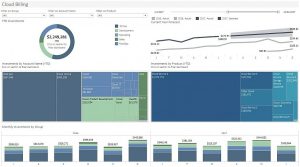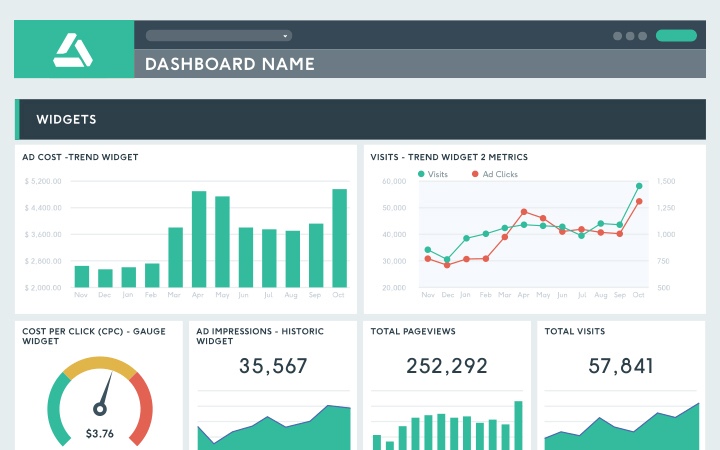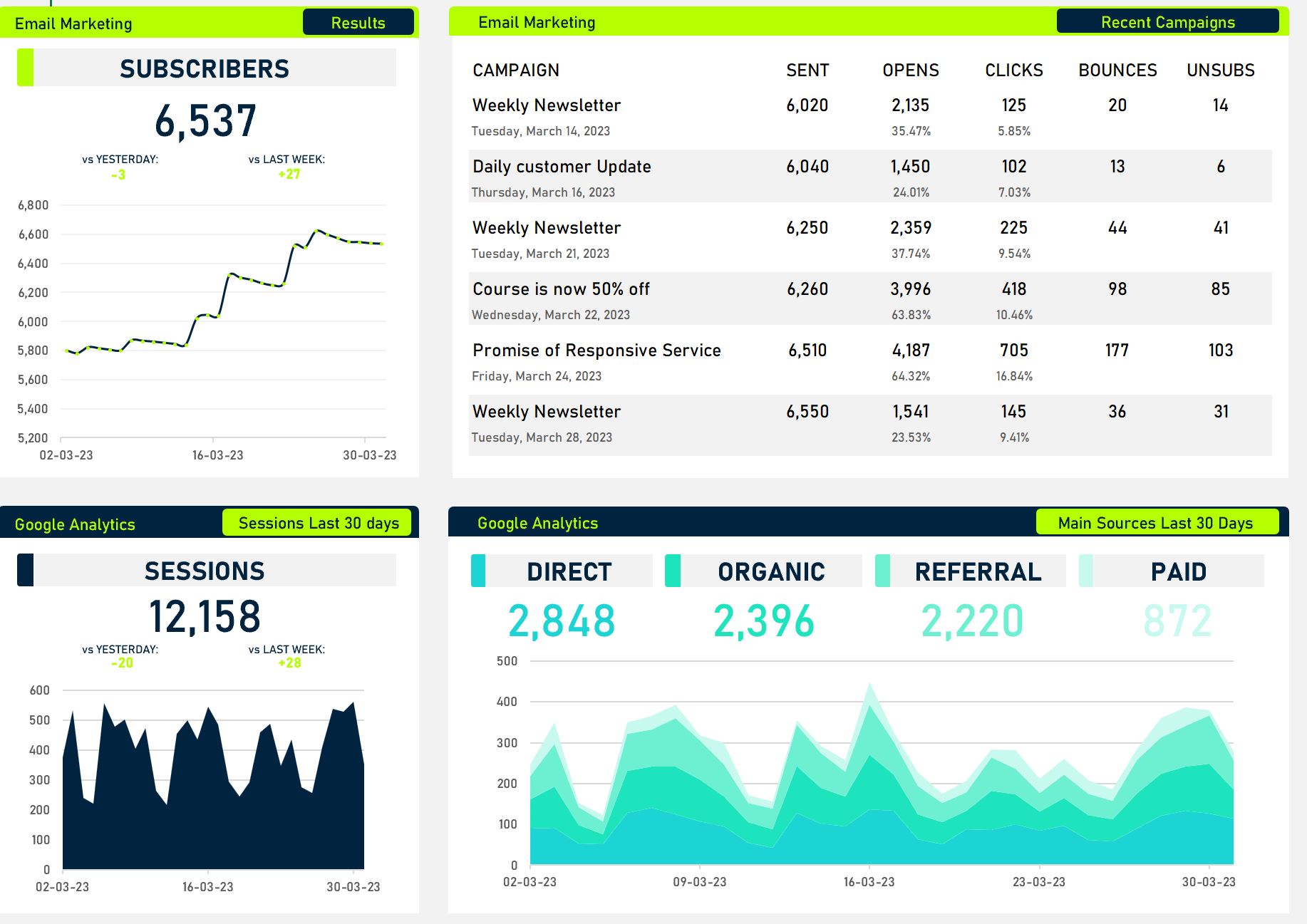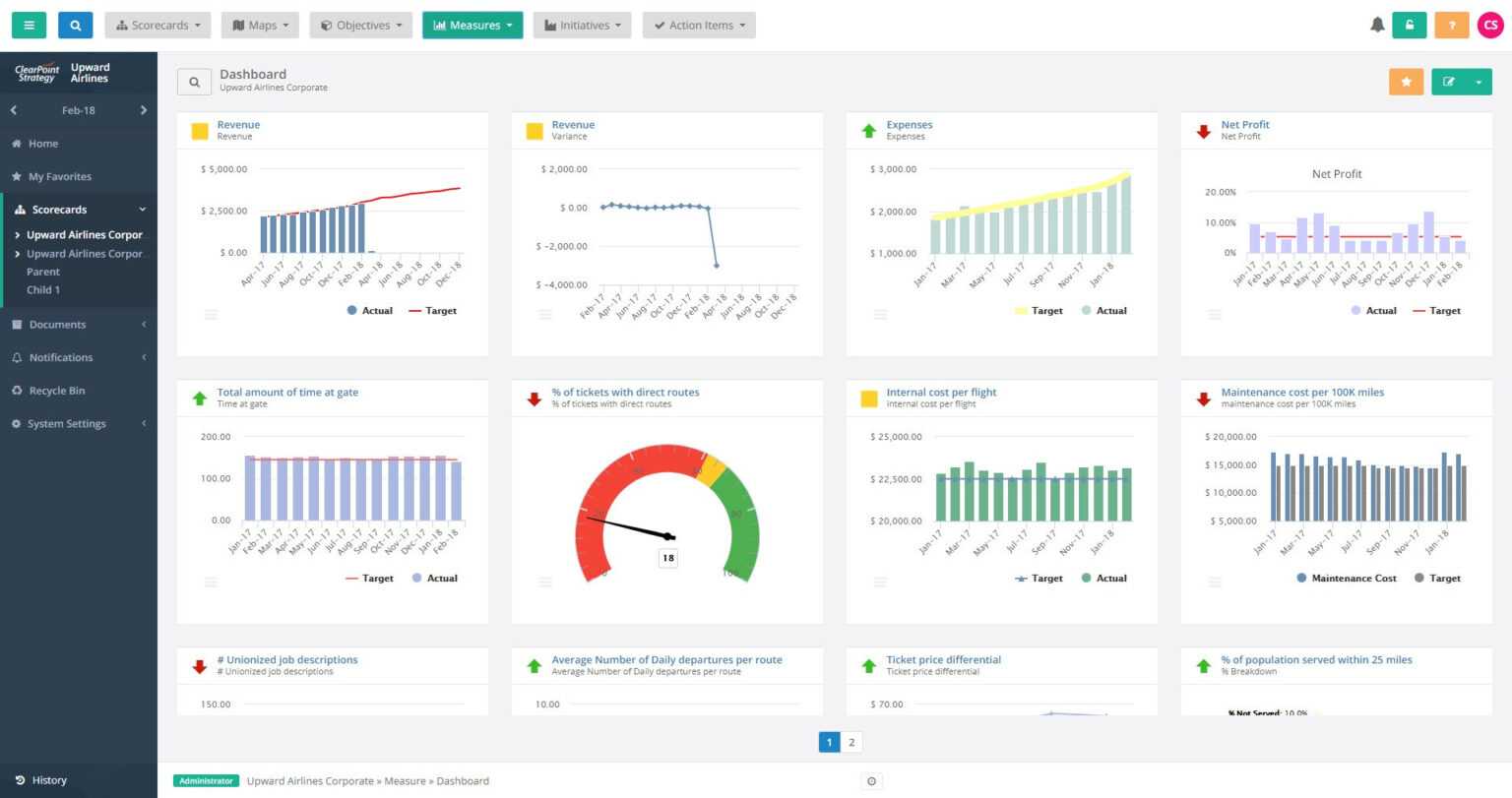20 Excel Dash Examples: Ultimate Dashboard Guide

Introduction to Excel Dashboards

Excel dashboards are powerful tools used to visualize and analyze data, helping users make informed decisions. A well-designed dashboard can simplify complex data, provide real-time insights, and enhance productivity. In this guide, we will explore 20 Excel dashboards examples, covering various aspects of dashboard creation, from basic to advanced levels.
Basic Excel Dashboards

To get started with Excel dashboards, it’s essential to understand the fundamentals of dashboard design. Here are a few basic examples: * Sales Dashboard: A simple dashboard to track sales performance, including total sales, sales by region, and top-selling products. * HR Dashboard: A dashboard to monitor employee data, such as employee count, turnover rate, and training programs. * Financial Dashboard: A dashboard to track financial performance, including revenue, expenses, and profit margins.
Advanced Excel Dashboards

As you progress in your dashboard creation journey, you can explore more advanced features and techniques. Here are a few examples: * Interactive Dashboards: Use pivot tables, slicers, and macros to create interactive dashboards that allow users to filter and analyze data. * Real-time Dashboards: Use web queries and API connections to create real-time dashboards that update automatically. * Geographic Dashboards: Use maps and geographic data to create dashboards that visualize data by location.
Excel Dashboard Examples

Here are 20 Excel dashboard examples, covering various industries and use cases: 1. Sales Performance Dashboard: Track sales performance, including total sales, sales by region, and top-selling products. 2. Customer Service Dashboard: Monitor customer service metrics, such as response time, resolution rate, and customer satisfaction. 3. Marketing Dashboard: Track marketing performance, including website traffic, social media engagement, and lead generation. 4. Financial Performance Dashboard: Monitor financial performance, including revenue, expenses, and profit margins. 5. HR Dashboard: Track employee data, such as employee count, turnover rate, and training programs. 6. Supply Chain Dashboard: Monitor supply chain performance, including inventory levels, shipping times, and supplier performance. 7. Project Management Dashboard: Track project performance, including project timeline, budget, and resource allocation. 8. IT Dashboard: Monitor IT performance, including system uptime, network performance, and security threats. 9. Healthcare Dashboard: Track patient data, such as patient count, treatment outcomes, and patient satisfaction. 10. Education Dashboard: Monitor student performance, including grades, attendance, and graduation rates. 11. Non-Profit Dashboard: Track non-profit performance, including donations, volunteer hours, and program outcomes. 12. E-commerce Dashboard: Monitor e-commerce performance, including website traffic, sales, and customer satisfaction. 13. Manufacturing Dashboard: Track manufacturing performance, including production levels, quality control, and supply chain performance. 14. Energy Dashboard: Monitor energy consumption, including energy usage, energy efficiency, and renewable energy sources. 15. Transportation Dashboard: Track transportation performance, including vehicle maintenance, fuel efficiency, and route optimization. 16. Agriculture Dashboard: Monitor agricultural performance, including crop yields, soil quality, and weather patterns. 17. Construction Dashboard: Track construction performance, including project timeline, budget, and resource allocation. 18. Real Estate Dashboard: Monitor real estate performance, including property values, rental income, and vacancy rates. 19. Telecommunications Dashboard: Track telecommunications performance, including network performance, customer satisfaction, and revenue growth. 20. Government Dashboard: Monitor government performance, including budget allocation, public services, and citizen engagement.
💡 Note: These examples are just a starting point, and you can customize and modify them to fit your specific needs and industry requirements.
Creating Effective Excel Dashboards

To create effective Excel dashboards, follow these best practices: * Keep it simple: Avoid clutter and focus on the most important metrics. * Use visualization: Use charts, graphs, and maps to visualize data and make it easier to understand. * Make it interactive: Use pivot tables, slicers, and macros to create interactive dashboards that allow users to filter and analyze data. * Use real-time data: Use web queries and API connections to create real-time dashboards that update automatically.
Common Challenges in Excel Dashboard Creation

When creating Excel dashboards, you may encounter common challenges, such as: * Data quality issues: Ensure that your data is accurate, complete, and consistent. * Performance issues: Optimize your dashboard for performance, using pivot tables, indexing, and caching. * Security issues: Ensure that your dashboard is secure, using password protection, access control, and data encryption.
Conclusion and Final Thoughts

In conclusion, Excel dashboards are powerful tools that can help you visualize and analyze data, make informed decisions, and drive business success. By following best practices, using advanced features, and customizing your dashboards to fit your specific needs, you can create effective and efficient Excel dashboards that meet your goals and exceed your expectations.
What is an Excel dashboard?

+
An Excel dashboard is a visual representation of data that helps users track and analyze performance metrics, make informed decisions, and drive business success.
What are the benefits of using Excel dashboards?

+
The benefits of using Excel dashboards include improved decision-making, increased productivity, enhanced collaboration, and better data visualization.
How do I create an Excel dashboard?

+
To create an Excel dashboard, follow these steps: define your goals and objectives, gather and prepare your data, design and layout your dashboard, and add interactive elements and visualizations.
What are some common challenges in Excel dashboard creation?

+
Common challenges in Excel dashboard creation include data quality issues, performance issues, and security issues. To overcome these challenges, ensure that your data is accurate and complete, optimize your dashboard for performance, and implement security measures such as password protection and access control.
How do I make my Excel dashboard interactive?

+
To make your Excel dashboard interactive, use pivot tables, slicers, and macros to create interactive elements that allow users to filter and analyze data.
